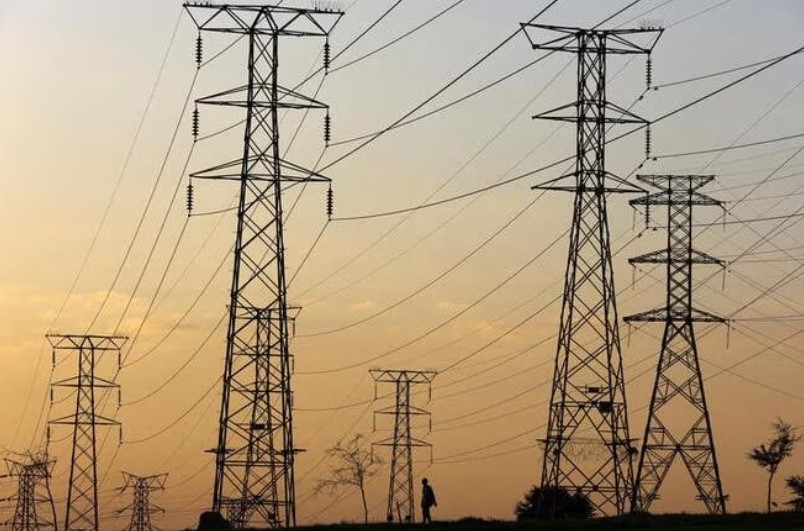Eskom CEO Andre De Ruyter has left his position with immediate effect after a special board meeting on February 22, 2022 and this has raised questions as to whether Stage 7 load shedding is here to stay or not. De Ruyter was expected to leave at the end of March, but the board decided he did not have to serve the remainder of his notice period.
De Ruyter’s departure comes at a time of severe load shedding for Eskom, with stage 6 load shedding implemented indefinitely and briefly shifting to stage 7 earlier this week. About 7,000MW of power was shed on Wednesday, exceeding previously announced load shedding estimates.
While Eskom maintains that stage load shedding schedules would be announced upfront, the demand can exceed these estimates, resulting in unannounced higher stages of load shedding. Stage 7 and stage 8 require about 7,000MW and 8,000MW to be shed off the grid, respectively.
The national power utility has implemented stage 6 load shedding, which means double the frequency of stage 3. This translates to up to four and a half hours without power or two hours at a time over eight days.
What is stage 7 load shedding?
Stage 7 load shedding is a level of power cuts implemented by Eskom, South Africa’s national power utility, where approximately 7,000MW of power is shed off the grid. This means that there will be more prolonged and frequent power outages than in lower stages of load shedding, with some areas potentially experiencing up to seven hours without electricity. Stage 7 load shedding is an indication of the severe strain on Eskom’s power grid, which is struggling to meet the country’s electricity demands due to aging infrastructure, maintenance issues, and financial challenges.
What are the risks of stage 7 load shedding?
Business disruptions – Stage 7 load shedding means more prolonged and frequent power outages, which can severely impact businesses’ operations and productivity. Some businesses may be forced to shut down completely, leading to revenue losses, supply chain disruptions, and job losses.
Health and safety risks – Extended power cuts can pose health and safety risks, particularly for vulnerable individuals such as the elderly, sick, and young children. These risks include exposure to extreme temperatures, lack of access to medical equipment and supplies, and increased crime rates due to reduced street lighting.
Economic impacts – Stage 7 load shedding can have severe economic impacts, including reduced industrial output, decreased investor confidence, and job losses. The electricity shortages can also lead to reduced economic growth and higher inflation rates, further exacerbating the country’s financial challenges.
Infrastructure damage – Power outages can damage critical infrastructure such as hospitals, data centers, and water treatment facilities. This damage can be costly to repair and may cause further disruptions to essential services.
South Africa has experienced over 200 days of power cuts, and the situation appears to be worsening as winter approaches. With prolonged power outages and higher stages of load shedding being implemented, the crisis appears to be far from over.
Image Credit: REUTERS/Siphiwe Sibeko




